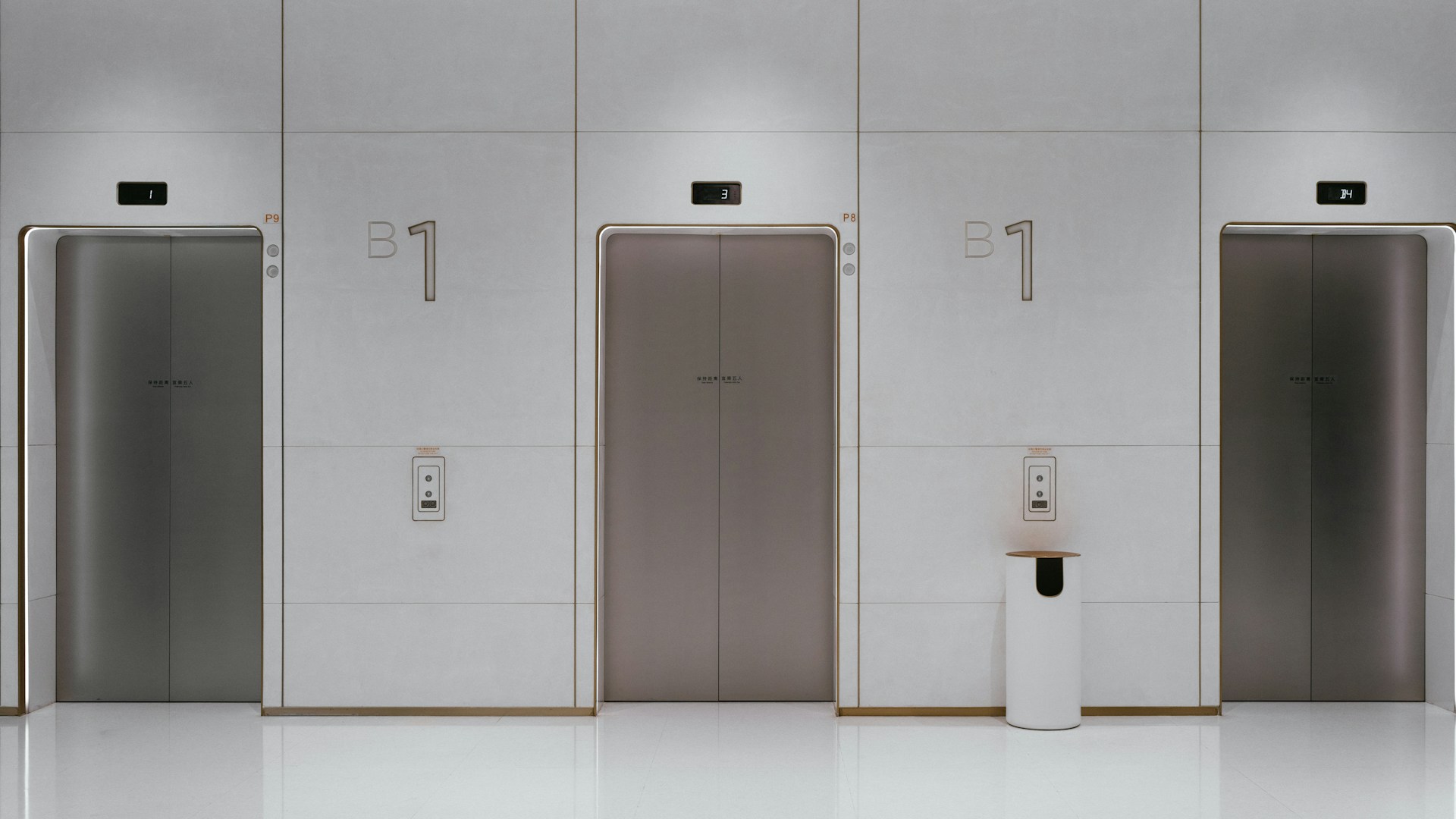
For businesses in fast-paced environments, maintaining a modern, efficient elevator system is paramount. As buildings age, the elevators often fall behind in technology, safety, and efficiency. Elevator modernization seeks to address these issues, ensuring that businesses can keep pace with contemporary demands while providing optimal service. This evolution significantly improves the user experience for both employees and visitors. Effective modernization solutions can lead to reduced energy consumption, lower operational costs, and an improved aesthetic appeal, making it crucial for facilities managers to explore various options available to enhance their business facilities.
Table of Contents
Benefits of Elevator Modernization
Modernizing elevators can offer a multitude of benefits, both tangible and intangible. By upgrading the technology, businesses can significantly enhance energy efficiency, which translates into lower utility bills. Integrating regenerative drives can recover energy during elevator operation and feed it back into the building’s power system, providing considerable cost savings. Newer elevator systems come equipped with advanced safety features that comply with current regulations, thus reducing liability risks for businesses. As elevators play a critical role in day-to-day operations, ensuring they operate smoothly is vital for maintaining a professional atmosphere and operational efficiency.
Key Elements of Successful Modernization Projects
Several critical components should be taken into account when embarking on an elevator modernization project. First, an assessment of the current elevator system is necessary to identify deficiencies and potential upgrades. This assessment should include evaluating the mechanical systems, control systems, and the physical condition of the elevators. Following this evaluation, a well-defined modernization plan should be developed that outlines the specific upgrades and outlines timelines and budgets. Engaging expert contractors ensures that businesses receive professional advice tailored to their unique needs while navigating the complexities of such projects. Employing contemporary designs and technologies can improve both functionality and aesthetics, which significantly enhances the appeal of the building.
Technologies to Consider for Modernization
New elevator systems often incorporate touchless controls, which promote health and hygiene, a crucial feature in areas recovering from global health crises. Smart elevators, equipped with Artificial Intelligence, optimize traffic patterns and reduce wait times by predicting usage based on historical data. These advancements dramatically improve the experience for building occupants and foster a more productive environment. Companies offering commercial elevator services throughout the San Francisco Bay Area or other areas can assist in implementing these innovative technologies within a modernization plan, ensuring that upgrades align with industry standards and compliance requirements. Innovative technologies are continuously emerging, and businesses must decide which solutions best fit their specifications.
Choosing the Right Contractor
Selecting a reliable contractor is essential to the success of an elevator modernization project. Factors to consider include the contractor’s experience, reputation, and portfolio of past projects. Thorough research and due diligence, such as reading reviews and seeking recommendations from other businesses, can help guide in making the informed decision. The ability to establish a good working relationship with the contractor can facilitate smoother project execution. Open communication and collaboration are vital to address any concerns or adapt plans as necessary. Choosing a contractor who understands local building codes and regulations can streamline the process while ensuring compliance.
Maintenance Post-Modernization
Even after a successful modernization project, ongoing maintenance is critical for the long-term functionality of elevator systems. Preventive maintenance schedules should be established to keep elevators in optimum condition. Regular inspections and servicing can avert costly repairs and downtime while extending the lifespan of the equipment. Timely updates to software systems will also be necessary as technology continues to evolve. By addressing maintenance proactively, businesses can mitigate issues before they escalate, ensuring smooth operations and maximizing the return on their modernization investment. Training employees to recognize signs of malfunction can empower them to address problems before they affect productivity, fostering a safer environment.
Financial Considerations and ROI
Elevator modernization may require a significant upfront investment, but the long-term financial advantages often outweigh the initial costs. Upgraded systems generally result in lower energy consumption, fewer emergency repairs, and extended equipment lifespan, all of which contribute to reduced operating expenses. Businesses may also qualify for energy-efficiency incentives or grants, further offsetting the investment. Modern lifts improve property value and tenant satisfaction, which can lead to increased occupancy rates in commercial buildings. A thorough cost-benefit analysis will help facilities managers determine the most effective upgrades for their budget while forecasting the return on investment. Partnering with a financial advisor or consultant experienced in building services can aid in structuring a modernisation plan that aligns with both short-term budgets and long-term goals.

Elevator modernization is no longer a luxury, it’s a strategic necessity for businesses aiming to improve facility performance, safety, and user satisfaction. With the rapid pace of technological change and evolving compliance standards, outdated systems can become a liability both financially and operationally. By investing in tailored modernization solutions, companies can unlock enhanced energy efficiency, better performance, and a smoother, safer ride for users. The improved aesthetic and reliability of a modern elevator system reflects positively on a business’s brand and professionalism. Working with experienced contractors and planning for future maintenance ensures that the investment continues to pay off for years to come.


